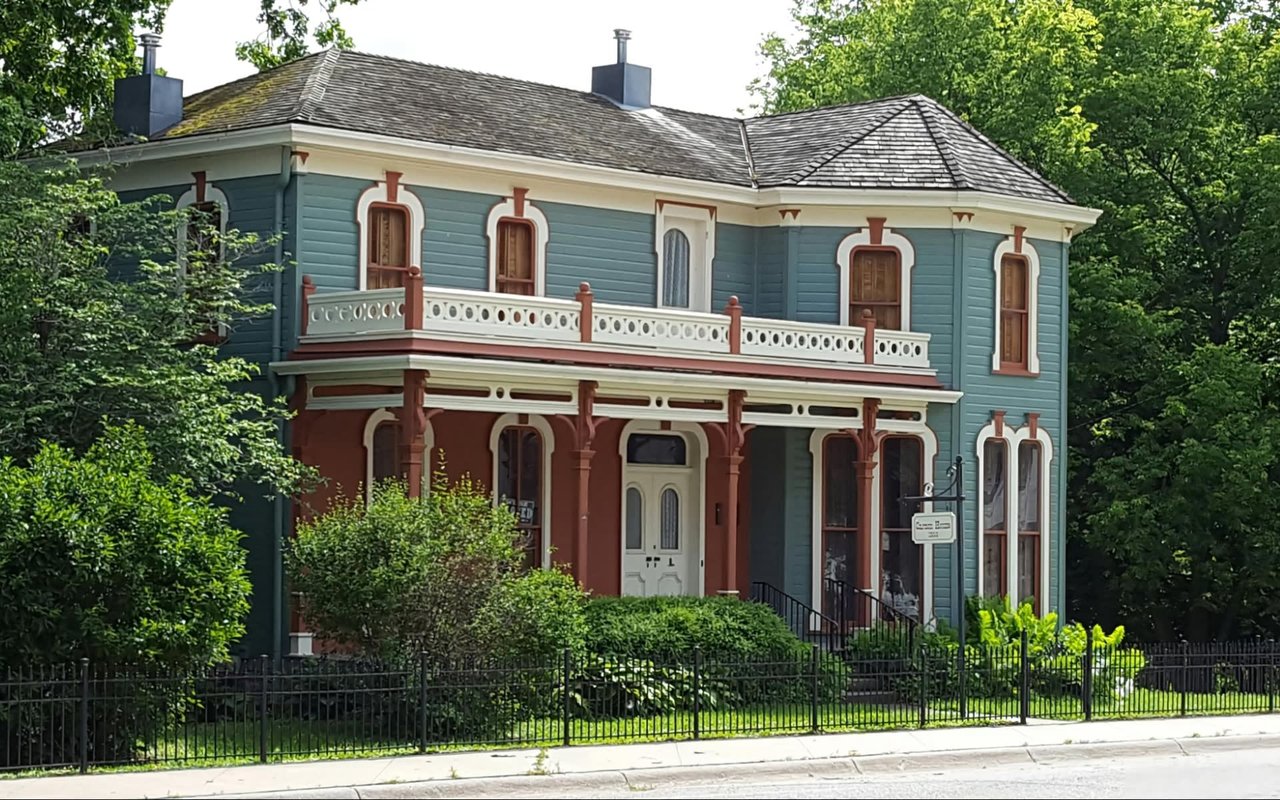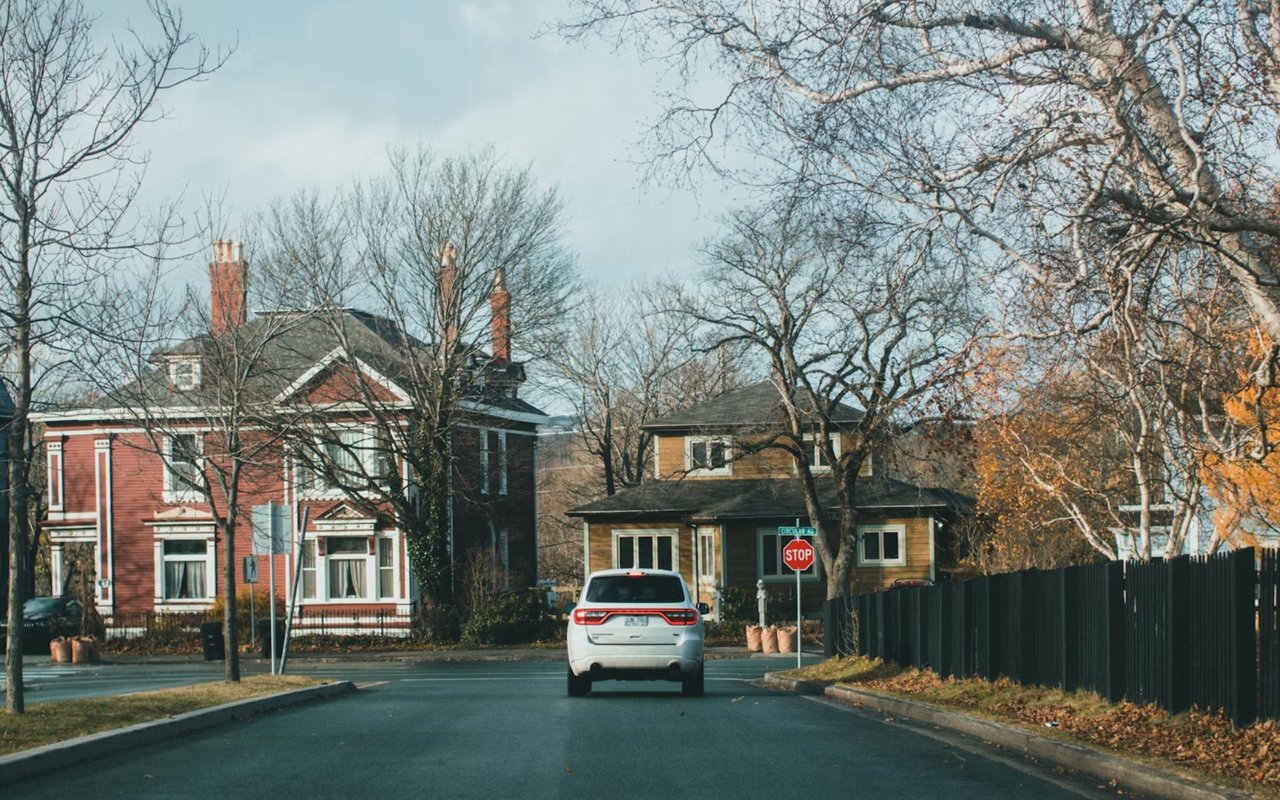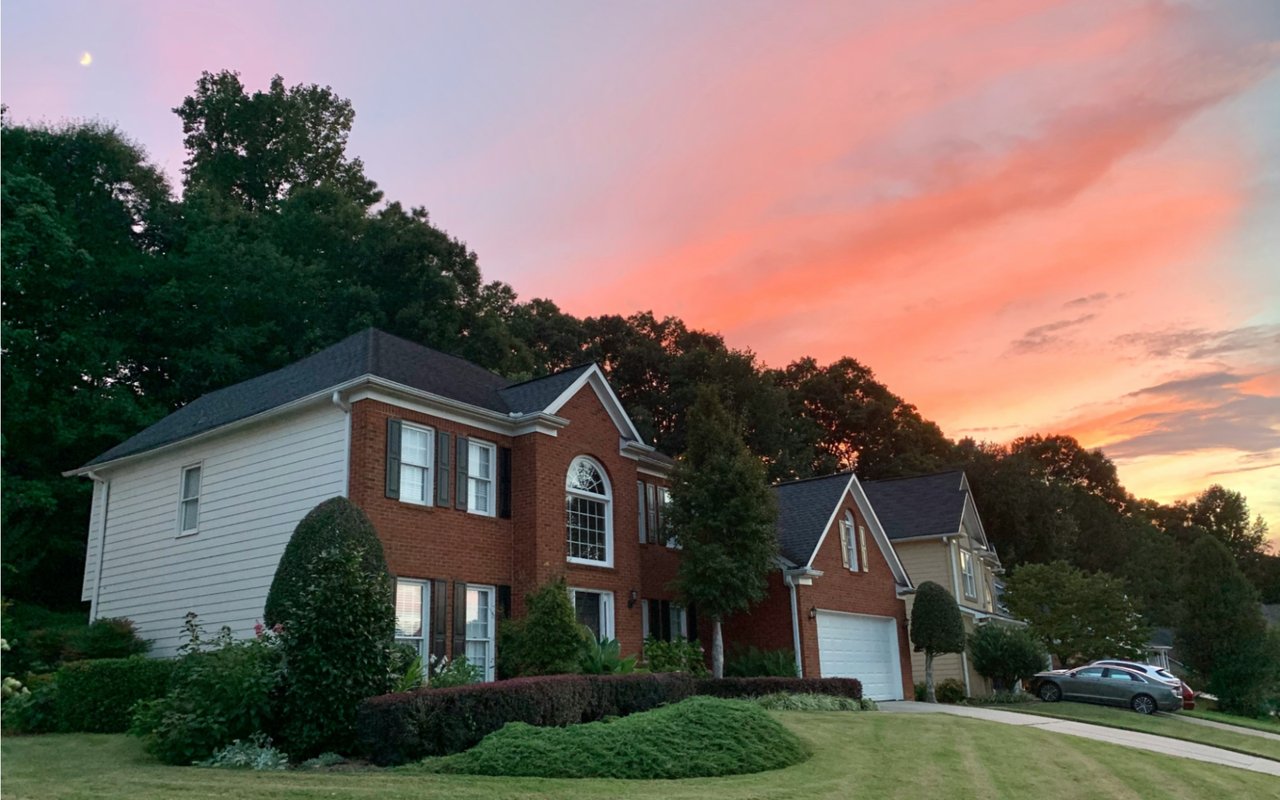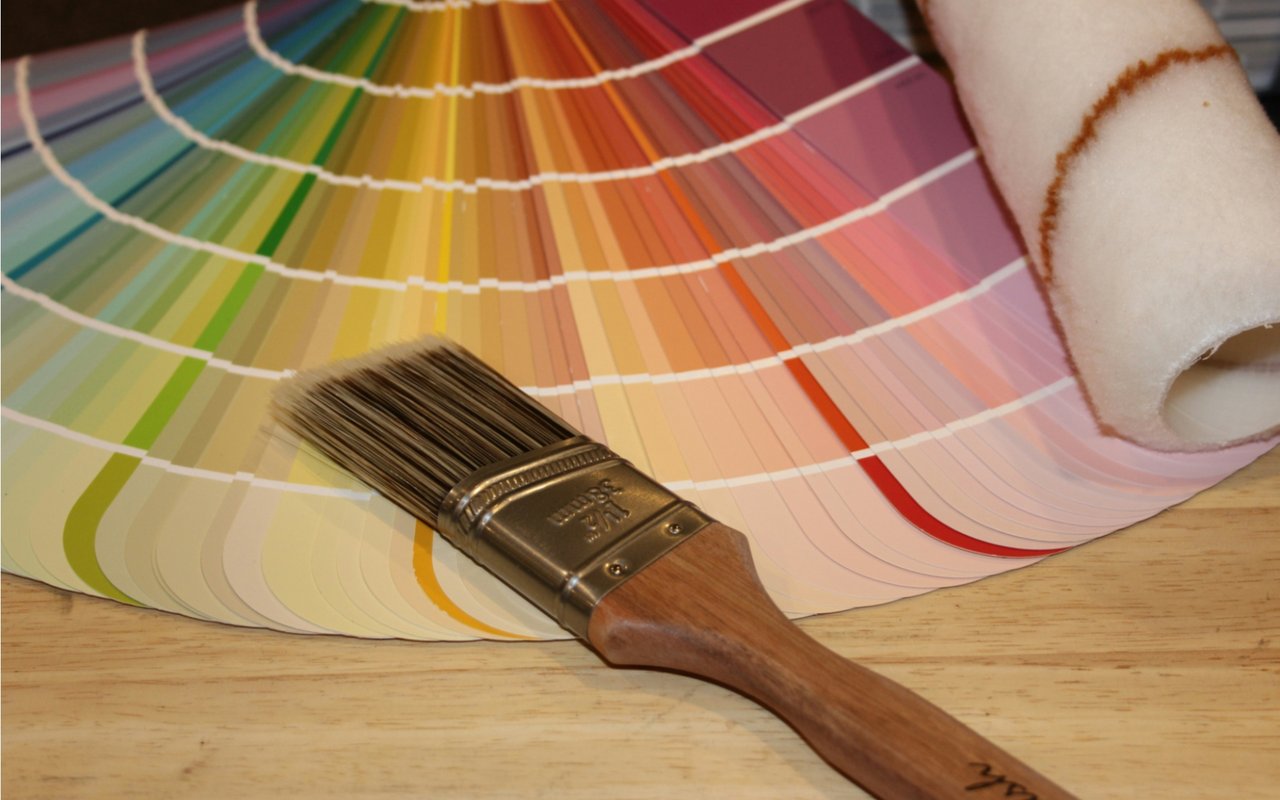Montclair is one of the state's most desirable locales, charming potential homeowners with its suburban tranquility and urban accessibility. Known as a quintessential bedroom community to the bustling streets of New York City,
Montclair offers a serene escape nestled into the foothill of the First Watchung Mountain, the first ridgeline of mountains outside NYC. This town is a haven for those who cherish the outdoors, boasting an array of abundant green spaces, protected nature reserves, and activities ranging from golf courses to equestrian centers. Its picturesque landscapes and commitment to preserving natural beauty make it a perfect backdrop for architectural styles, from stately traditional homes to sleek, modern designs.
Tradition and modernity
Montclair is widely celebrated for its rich architectural diversity, blending the elegance of traditional design with the crisp, innovative lines of modern architecture. This unique juxtaposition creates a visually stunning landscape reflecting the town's dynamic history and stride toward the future.
The traditional architecture in Montclair is characterized by its historic homes, which often feature intricate details, expansive porches, and lush, mature gardens. These homes encapsulate the charm and grandeur of bygone eras. On the other side of the spectrum, modern architecture makes a bold statement with its clean lines, open floor plans, and emphasis on natural light. These contemporary homes are designed with an eye toward sustainability and minimalism, catering to the tastes of those who seek a more streamlined, eco-conscious lifestyle.
The architectural heritage of Montclair
Montclair traditional architecture has a rich heritage that spans several iconic periods. The town's architectural landscape reflects influences from the Victorian, Colonial, and Tudor eras. With their distinct characteristics and enduring beauty, these styles have left an indelible mark on Montclair's identity, offering a glimpse into the past and a testament to the town's architectural diversity.
The essence of traditional architecture in Montclair is captured through its Victorian homes, which are celebrated for their elaborate ornamentation, intricate woodwork, and steep gabled roofs. These residences are symbols of the prosperity and artistic flair of their time, often surrounded by gardens that complement their historic charm. Colonial architecture, symmetry, practicality, and understated elegance contrast the Victorian style, highlighting the town's adaptability and respect for functional beauty. The Tudor style, recognized by its steeply pitched roofs, decorative half-timbering, and leaded glass windows, adds a touch of medieval romance to Montclair's streets, enriching the town's architectural tapestry.
Iconic examples of traditional architecture in Montclair include the well-preserved neighborhoods of Upper Montclair and the estate sections, where grand homes are monuments to the town's affluent past. These historical landmarks continue to fascinate architects, historians, and potential homeowners alike.
Montclair's architectural evolution
The rise of modern architecture marks a significant chapter in the town's architectural narrative, illustrating a bold departure from traditional designs toward a future of innovative and sustainable living spaces. This transformation began to take root as architects and homeowners alike sought to embrace new influences and trends that prioritized functionality, simplicity, and harmony with the natural environment. Modern architecture in Montclair has come to embody an ethos of minimalism, the innovative use of materials and technology, and a commitment to creating spaces that reflect the lifestyle of their inhabitants.
Characteristics of modern architecture in Montclair include the thoughtful use of glass, steel, and concrete to create structures that are not only aesthetically pleasing but also energy-efficient and environmentally friendly. Open floor plans and large windows are hallmarks of this style, promoting a seamless flow between indoor and outdoor spaces and maximizing natural light.
Noteworthy examples of modern architecture in Montclair can be seen in the sleek, geometric lines of newly constructed homes and renovations that dot the landscape, contrasting with their traditional counterparts. These structures, often tucked away in the town's leafy suburbs, serve as beacons of modern design, showcasing the possibilities of innovative architectural thinking.
The interplay of traditional and modern architecture
The architectural landscape of Montclair, NJ, presents a fascinating tableau of aesthetic, functional, and cultural contrasts, bridging the old with the new. The visual distinctions between traditional and modern architecture are striking, with each style embodying its unique design principles, color schemes, and structural forms.
Traditional architecture, with its Victorian, Colonial, and Tudor influences, showcases intricate detailing, warm color palettes, and complex rooflines that speak to craftsmanship and grandeur. In contrast, modern architecture opts for simplicity and innovation, favoring clean lines, neutral colors, and geometric shapes emphasizing minimalism and light.
Functionality and sustainability have played pivotal roles in shaping Montclair's traditional and modern architectural choices. While conventional homes were designed with the social customs and technological limitations of their times in mind, modern architecture prioritizes efficiency, open spaces, and a connection to the outdoor environment, reflecting contemporary concerns about sustainability and the impact of buildings on the natural world.
Culturally, the coexistence of these two architectural styles in Montclair mirrors the town's evolving identity and the diverse preferences of its residents. Together, these styles narrate the story of Montclair's cultural evolution, showcasing a community that honors its past while boldly stepping into the future.
Harmonizing history and modernity
The architectural dichotomy within Montclair, NJ, real estate has shaped its community dynamics, presenting opportunities for residents. The mix of traditional and modern architectural styles has been met with various responses, fostering a unique sense of place that appeals to a broad demographic.
For many, the coexistence of historic charm and contemporary design enhances Montclair's attractiveness, creating a visually stimulating environment that reflects a rich cultural tapestry. This diversity allows individuals to connect with the community in various ways, whether they're drawn to the nostalgia of traditional homes or the forward-thinking ethos of modern structures.
Balancing historic preservation with the need for modernization and new development represents a significant challenge for Montclair. The town faces the delicate task of safeguarding its architectural heritage while accommodating the demands of contemporary living and environmental sustainability. This balance is crucial in maintaining Montclair's unique character and ensuring that development is respectful of the past and responsive to the future. Efforts to preserve historic buildings often go hand-in-hand with initiatives to promote sustainable, innovative construction, highlighting the community's commitment to environmental and cultural preservation.
Property values in Montclair benefit from the town's reputation as a hub of architectural variety, attracting buyers with different tastes and budgets. The range of architectural expressions fosters a sense of community cohesion, as residents take pride in the town's ability to harmonize its historical roots with a progressive outlook. This architectural diversity thus serves as a cornerstone of Montclair's economic vitality and social fabric, reinforcing its status as a desirable place to live, work, and visit.
The future of architecture in Montclair
Predictions for future trends suggest a continued blending of traditional aesthetics with modern innovation as architects seek to create environmentally sustainable spaces and reflect historical influences. The growing emphasis on green building practices and energy efficiency will likely shape new developments, with a move towards incorporating renewable energy sources, sustainable materials, and advanced technologies that minimize environmental impact. This evolution promises to enrich Montclair's architectural diversity further, offering new interpretations of living spaces that are both functional and aesthetically pleasing.
Policy and planning will guide these changes as local government and urban planners work to balance growth with preservation. Montclair's officials can set standards and regulations that encourage architectural innovation while safeguarding the town's heritage. Zoning laws, building codes, and development guidelines will be critical in shaping the architectural direction, ensuring that new constructions complement the existing landscape. By fostering a collaborative environment where architects, developers, and community members can contribute to the planning process, Montclair can continue to thrive as a model of architectural diversity and sustainability.
Finding your unique home in Montclair
The Wright Group is a full-service real estate team providing knowledge and support. Whether you're drawn to the timeless allure of traditional architecture or the cutting-edge appeal of modern homes, The Wright Group is equipped to guide you through every step of the process, ensuring a seamless and rewarding experience in
Montclair's dynamic real estate market.










